Jerry Lewis, comedian – obituary
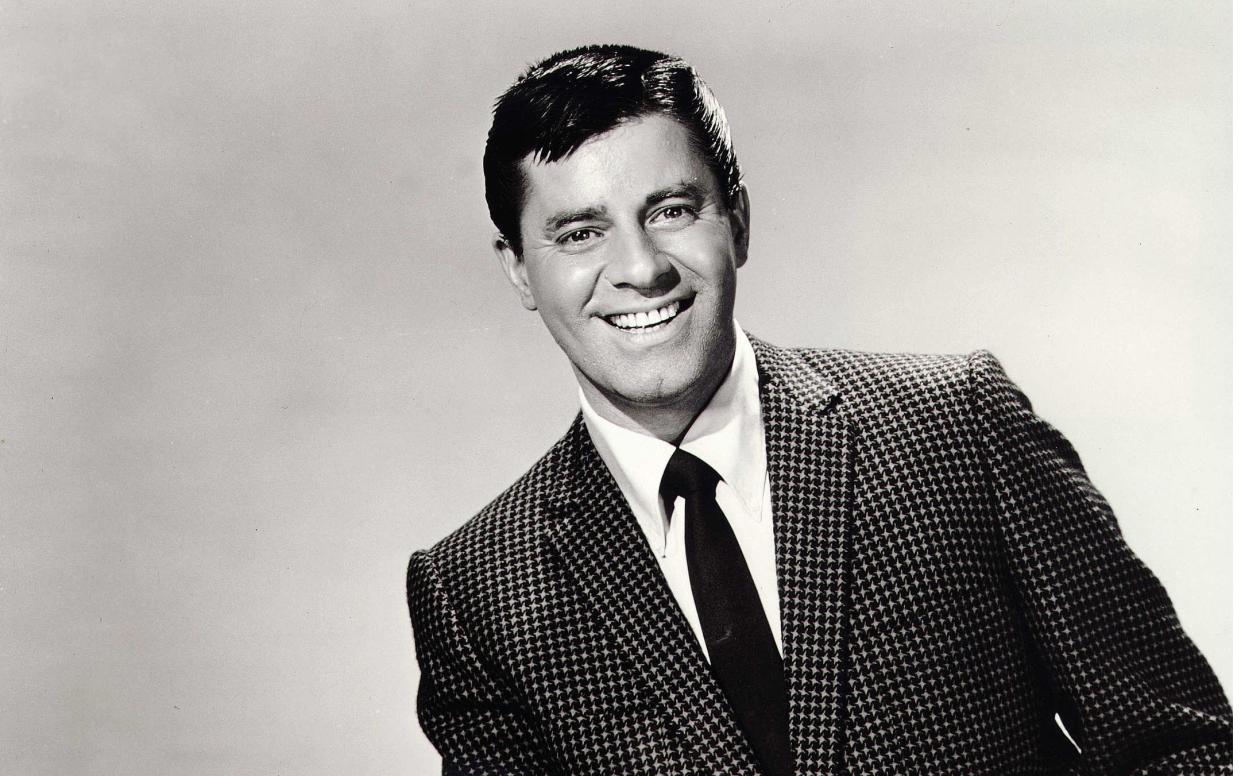
Jerry Lewis, who has died aged 91, was the rubber-faced comedian who, with Dean Martin, formed the most popular double act in American movies in the 1950s.
Together they made 16 films, all built on the same pattern – with Martin as the suave crooner, whose aspirations as a Casanova were sabotaged by the manic interruptions of Lewis. After the partnership dissolved in 1956, they pursued separate careers and Lewis’s comic skills were reflected in a dozen films that he directed himself.
Despite his undoubted popular appeal, Lewis never chimed with the critics in America or Britain, where his squeaky voice and air of lunacy were considered puerile. This was in marked contrast to his reception in France, where the two leading film journals, Cahiers du Cinéma and Positif, were unanimous in hailing him as Le Roi du Crazy and the natural heir of Buster Keaton.
Asked why he thought critics at home disparaged him, he said: “A lot of people were hostile because I was a multi-faceted, talented, wealthy, internationally famous genius. It was too much for them. I like me. I like what I became. I’m proud of what I achieved and I don’t believe I’ve scratched the surface even yet.”
Behind the ego, however, was a generous man who gave unsparingly of his time as chairman of the Muscular Dystrophy Association. Every year, he hosted a telethon on Labor Day to raise money for the treatment of the disease. Among other things, this helped finance the construction of a multi-million dollar Institute for Muscular Disease in New York.
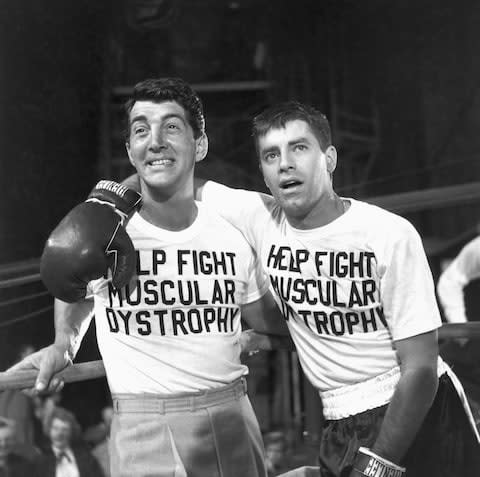
Even in this capacity he was not without critics. The actor Elliott Gould found his altruism tinged with self-aggrandisement: “He blatantly tells you on network TV that he is the epitome of the socially conscious man, a great humanitarian. Actually, he’s one of the most hostile, unpleasant guys I’ve ever seen.”
Jerry Lewis was born Joseph Levitch on March 16 1926 in Newark, New Jersey. The son of entertainers who used the professional names Danny and Rachael Lewis, he first appeared on stage at the age of six singing Brother, Can You Spare a Dime? with his father. He attended high school in Irvington, New Jersey, where he was known as “Id”. Freud, however, had nothing to do with it. It was short for “idiot” and he left high school to earn a living after only one year.
He developed a vaudeville act in which he would mime comic accompaniments to offstage recordings of popular singers of the day. Lewis toured with this act for four years until he met Dean Martin, then a small-time baritone, at the 500 Club in Atlantic City. Lewis suggested that they join forces.
At first they performed separately to only moderate applause but on July 25 1946 they resolved to abandon their written routines and ad lib instead. From that moment they worked as a team.
They improvised witticisms, interrupted each other’s acts, pelted one another with celery and tripped over waiters. Yet the audience cried for more. Within a year, their asking price soared from $350 to $5,000 a week and they became the best-loved comedy team in America. They had successful engagements at the Copacabana in New York and at Slapsie Maxie’s in Hollywood, where the film producer Hal Wallis saw their act and signed them to a five-year contract with Paramount.
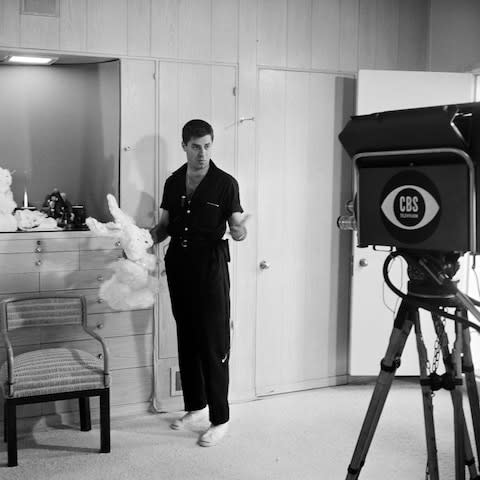
He rushed them into their first film, My Friend Irma, in 1949. Though only in supporting roles, they proved the strongest element in an otherwise lacklustre comedy and, after a sequel, My Friend Irma Goes West, in 1950, they were rewarded with their first starring vehicle, At War with the Army, in 1951.
Over the next six years, Martin and Lewis made 13 further films together. Having devastated the Army, they repeated the exercise with the other armed services. In Sailor Beware (1952), they scuttled the Navy and in Jumping Jacks (1953), they sent the parachute corps into free fall.
Many of their films were remakes of stories originally devised for other comedians. Scared Stiff, made in 1954, was based on the 1940 Bob Hope comedy The Ghost Breakers; Living It Up (also 1954) was a variant on the 1937 comedy Nothing Sacred, with Lewis in the role formerly played by Carole Lombard as a patient supposedly dying of radiation; You’re Never Too Young (1955) derived from the 1942 Billy Wilder comedy The Major and the Minor, with Lewis in the Ginger Rogers role; and Pardners (1956) was a remake of Rhythm on the Range (1936).
In all these films, the joke hinged on the audience response to Lewis’s ability to convey someone in imminent need of a straitjacket. Many found them embarrassing.
In 1953 Martin and Lewis made a notoriously unsuccessful London début at the Palladium, where their knockabout routines were greeted with catcalls and cries of “Rubbish”. Wrapping up the 53-minute act, Lewis ventured “When we return …” only to be drowned in a chorus of “Never again”.
Martin and Lewis were never a natural team and Dean Martin, who had gifts of his own, came to feel that Lewis was holding him back.
Only one director, Frank Tashlin, fully grasped this. He worked with them twice as a team – on Artists and Models (1955) and on their last film together, Hollywood or Bust (1956) – but kept their contributions apart, ensuring that Lewis’s slapstick never spiked Dean Martin’s crooning and wisecracks. After the team split up, Tashlin steered Lewis into a new phase in his career, as a director.
Production of Hollywood or Bust was fraught from first to last. Martin and Lewis were not on speaking terms and years later Jerry Lewis trashed the whole partnership. “In order to maintain the Martin-Lewis relationship”, he said, “I went through a 10-year period of lies. ” They fulfilled one last engagement, at the Copacabana on July 25 1956, and then went their separate ways.
Between 1957 and 1965 Lewis continued to work for Paramount, for which he made 17 more films. These included four directed by Frank Tashlin – Cinderfella (1960), a male variant on the traditional pantomime; It’s Only Money (1962); Who’s Minding the Store? (1964); and The Disorderly Orderly (1965).
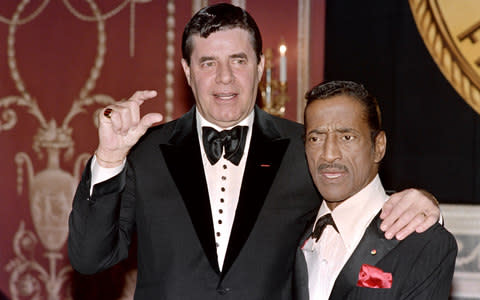
Beginning with The Bellboy in 1960, Lewis also began directing. Under his Paramount contract he directed six films for the studio, including The Ladies’ Man and The Errand Boy (both 1961); The Nutty Professor (1963); The Patsy (1964) and The Family Jewels (1965). The Nutty Professor, with Lewis in the title role, was the most inventive. A variation on Dr Jekyll and Mr Hyde it concerned a pug-ugly scientist who concocts a secret potion that turns him into a singing sensation. As well as reversing the Stevenson story so that the “monster” is more handsome than his master, it enabled Lewis to mount a wicked parody of Dean Martin’s crooning style.
Boeing-Boeing (1965), in which he co-starred with Tony Curtis, was his last film for Paramount, after which he signed a non-exclusive contract with Columbia. From this point, his career began to wane. None of his films made money, one (Don’t Raise the Bridge, Lower the River, shot in 1968) was released only as the second half of a double bill. After Hook, Line and Sinker (1969), he and Columbia parted company.
Like many comedians, Lewis began to develop a streak of sentimentality in his work that alienated audiences who had laughed at his earlier manic antics. He was becoming the clown who yearned to play Hamlet. He almost did so in 1972 with the international co-production The Day the Clown Cried. In the end, the project aborted but from what is known of it, the world had a narrow escape. Lewis starred as a famous clown in Nazi Germany entertaining Jewish children on their way to the gas chambers.
The débâcle of this film meant that Which Way to the Front?, which he had made in 1970, became his last film for 11 years. After a short, successful season at the Olympia theatre in Paris in 1971, Lewis’s career stalled. An attempted Broadway début in 1976, in a production of Hellzapoppin, sank amid a torrent of hostile reviews.
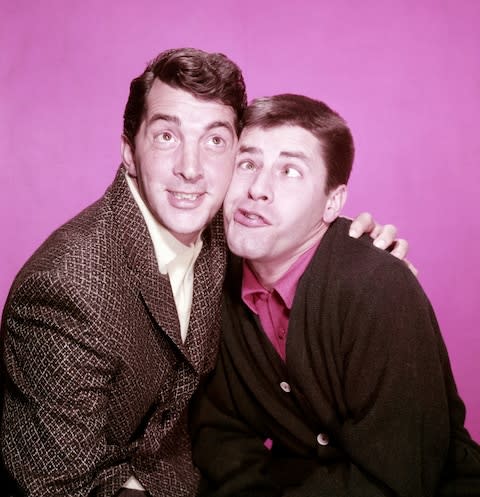
Lewis’s heath also began to deteriorate. In 1959 he had had his first heart attack. In 1965 he injured his back in a fall and was prescribed a painkiller to which he became rapidly addicted. In 1982 he suffered a second, massive coronary. In 1992 he underwent an operation for prostate cancer.
In 1981 he was forced to file for bankruptcy. A costly divorce coincided with the collapse of a cinema chain which he had set up. Lewis returned to the cinema in 1981 with the appropriately named Hardly Working, but his career was sporadic after that. The director Martin Scorsese offered him a straight role in 1983 in his film King of Comedy, playing a talk-show host kidnapped by a fan (Robert De Niro). His last performances were in American Dreams (1992), by the former Yugoslav director Emir Kusturica, and in Pete Chelsom’s Funny Bones (1994).
In 1982, he published his autobiography, Jerry Lewis in Person.
His first marriage, to Patti Palmer, was dissolved. He married secondly, in 1983, SanDee Pitnick, who survives him with their daughter and five sons of his first marriage. Another son predeceased him.
Jerry Lewis, born March 16 1926, died August 20 2017

 Yahoo News
Yahoo News 
